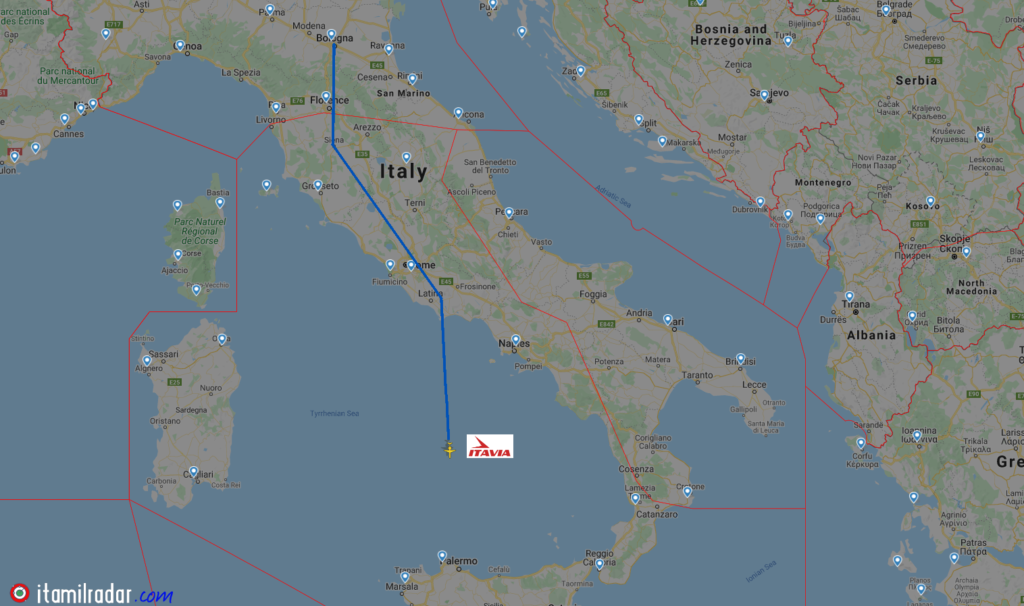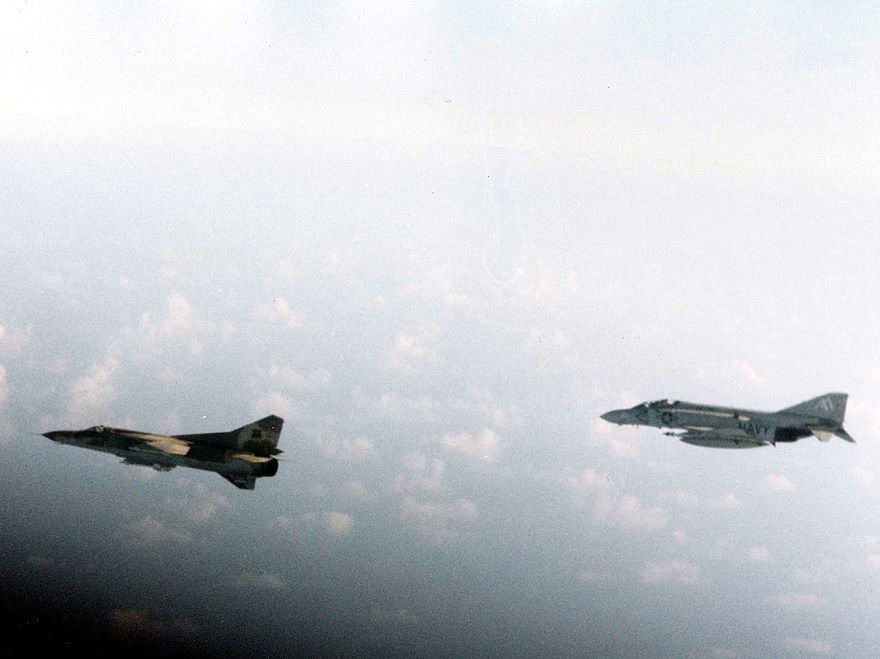40 years ago, on 27 June 1980, Itavia Flight 870 (IH 870, AJ 421), a McDonnell Douglas DC-9 (I-TIGI) passenger jet en route from Bologna to Palermo, Italy, crashed into the Tyrrhenian Sea between the islands of Ponza and Ustica, killing all 81 people on board.
On 27 June 1980 at 20:08 CEST, the plane departed from Bologna for a scheduled service to Palermo, Sicily. With 77 passengers aboard, Captain Domenico Gatti and First Officer Enzo Fontana were at the controls, with two flight attendants. The flight was designated IH 870 by air traffic control, while the military radar system used AJ 421.

Contact was lost shortly after the last message from the aircraft was received at 20:37, giving its position over the Tyrrhenian Sea near the island of Ustica, about 120 kilometres (70 mi) southwest of Naples.

Floating wreckage and bodies were later found in the area. There were no survivors among the 81 people on board.
The disaster led to numerous investigations, legal actions and accusations, and continues to be a source of controversy, including claims of conspiracy by the Italian government and others.
The cause of the tragedy remains one of the Italy’s most enduring mysteries and there was a painful reminder recently that the case has still to be resolved when the stricken plane made its final journey back home to Bologna.
When the passenger jet crashed, the immediate theory was that it was a tragic accident caused by some kind of mechanical or structural failure.
Then there was the suggestion that terrorists could have planted a bomb, although that theory was rejected, and in 1999 an exhaustive investigation by Judge Rosario Priore, one of Italy’s most respected legal figures and an expert on terrorism cases, gave the definitive version of what happened. He concluded that the plane had probably been caught in a dogfight between NATO jetfighters (in the area there would be US, French, Belgian jets) and Libyan MiGs.

On 18 July 1980, 21 days after the Aerolinee Itavia Flight 870 incident, the wreckage of a Libyan MiG-23, along with its dead pilot, was found in the Sila Mountains in Castelsilano, Calabria, southern Italy.

On 23 January 2013, Italy’s top criminal court ruled that there was “abundantly” clear evidence that the flight was brought down by a missile during a dogfight between Libyan and NATO fighter jets, but the perpetrators are still missing.
Even today, 40 years after the accident, there is no official truth on how the events unfolded.
For more infos check the site (in italian): www.stragi80.it/
Full wikipedia article (in english): www.en.wikipedia.org/wiki/Itavia_Flight_870













Leave a comment